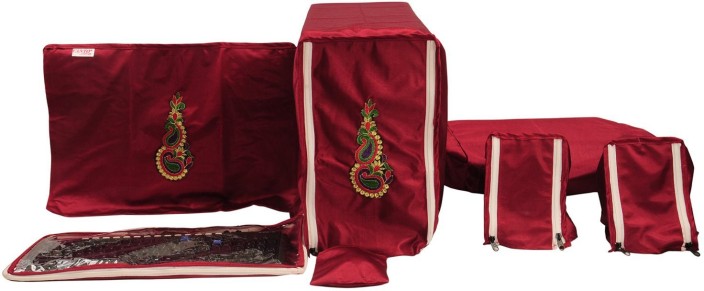
#Desktop covers Pc
Throughout the 1980s and 1990s, desktop computers became the predominant type, the most popular being the IBM PC and its clones, followed by the Apple Macintosh, with the third-placed Commodore Amiga having some success in the mid-1980s but declining by the early 1990s.Ī person working on a 2004 tower PC computer with a Dell monitorĮarly personal computers, like the original IBM Personal Computer, were enclosed in a " desktop case", horizontally oriented to have the display screen placed on top, thus saving space on the user's actual desk, although these cases had to be sturdy enough to support the weight of CRT displays that were widespread at the time. Byte magazine referred to these three as the "1977 Trinity" of personal computing. Growth and development Īpple II, TRS-80 and Commodore PET were first generation personal home computers launched in 1977, which were aimed at the consumer market – rather than businessmen or computer hobbyists. These were generally expensive specialized computers sold for business or scientific uses. The IBM 5100 in 1975 had a small CRT display and could be programmed in BASIC and APL. The Wang 2200 of 1973 had a full-size cathode-ray tube (CRT) and cassette tape storage. The HP 9800 series, which started out as programmable calculators in 1971 but was programmable in BASIC by 1972, used a smaller version of a minicomputer design based on ROM memory and had small one-line LED alphanumeric displays and displayed graphics with a plotter. 1970 saw the introduction of the Datapoint 2200, a "smart" computer terminal complete with keyboard and monitor, was designed to connect with a mainframe computer but that didn't stop owners from using its built-in computational abilities as a stand-alone desktop computer. It was not until the 1970s when fully programmable computers appeared that could fit entirely on top of a desk. Minicomputers, on the contrary, generally fit into one or a few refrigerator-sized racks, or, for the few smaller ones, built into a fairly large desk, not put on top of it. Early computers, and later the general purpose high throughput « mainframes», took up the space of a whole room.

#Desktop covers windows
This option is also available when you right-click the picture file in Windows Explorer – you don’t even have to open the picture to set it as the desktop background.Prior to the widespread use of microprocessors, a computer that could fit on a desk was considered remarkably small the type of computers most commonly used were minicomputers, which, despite the name, were rather large and were "mini" only compared to the so-called " big iron". The simplest way to set a picture as the desktop wallpaper is to open it so that you can see the image, and then right-click it to choose Set as desktop background.

For more information about the settings in this window, click the question-mark icon in the corner of the window.ĭirections on how to set up desktop background in Windows Desktop & Screen Saver preferences window To add a folder of your own images, click the Add button below the list of folders.

From the Desktop tab, select a folder of images on the left, then click an image on the right.
#Desktop covers how to
Or maybe my free printable 2023 calendars?ĭirections on how to set up desktop background on a MacĬhoose Apple () menu > System Preferences, then click Desktop & Screen Saver. And have you seen my free printable 2022 calendars? If you’re looking for more freebies, I share TONS here.


 0 kommentar(er)
0 kommentar(er)
